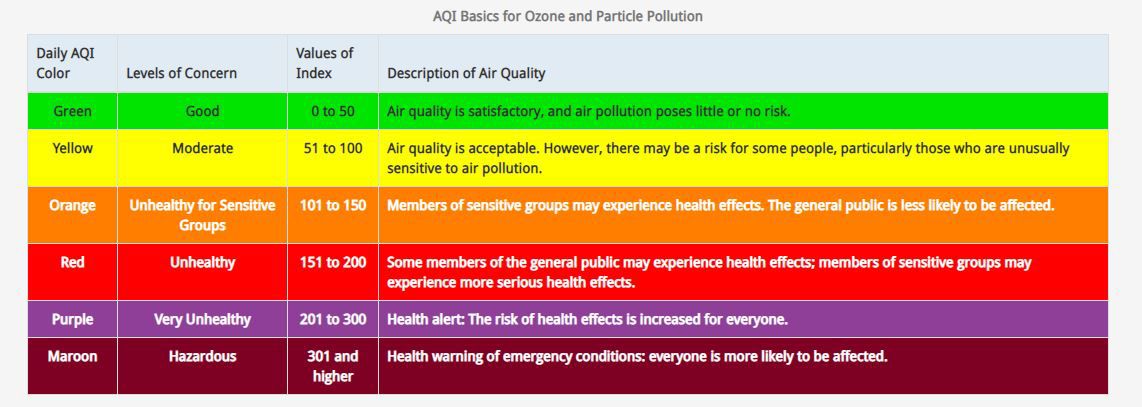You may have seen an alert on your Spectrum News app showing an “Air Quality Alert” for your county. This alert may not give most people a second thought, but if you are a person sensitive to changes in the air quality, this is information you need to know.
The St. Louis metro has an Air Quality Alert in effect for Wednesday.
The Environmental Protection Agency partners locally with St. Louis Clear Air to provide daily air quality forecasts. These forecasts are based on an Air Quality Index (AQI) that relays information to the public using six color-coded levels.

Four major air pollutants are regulated by the Clean Air Act and used to calculate the AQI. These include ground-level ozone, particle pollution, carbon monoxide, and sulfur dioxide. When levels exceed 100, they issue an Air Quality Alert Code Orange. This means it is unhealthy for sensitive groups.

People with heart or lung disease, such as asthma, children, and older adults, should reduce their time spent outdoors on code orange days. Poor air quality can lead to major health concerns.
The higher the value of the AQI, the unhealthier the air is determined, meaning people should reduce time outdoors on high air quality days.
Elevated air quality levels have been noted these past few days due to light and calm winds. Light winds cause air to stagnate, and less mixing to take place, leading to higher levels of ground-level ozone.
Ozone higher in the atmosphere is the “good” ozone. It helps to absorb ultraviolet light. However, close to the ground it becomes the “bad” ozone. It is created when sunlight reacts with nitrogen oxides and other volatile organic compounds (VOCs) like vehicle exhaust or chemical byproducts from man-made pollutants.

Ozone is the strongest in mid-morning and peak in the late afternoon. With stronger wind, ozone can mix properly, but when we have light or calm winds, it becomes trapped in the lower atmosphere and turns into smog.
Air Quality Alerts can be issued for other pollutants, including particle pollution (particulate matter), nitrogen dioxide, sulfur dioxide and carbon monoxide.
Avoid using gas-powered equipment and burning garbage to reduce ground-level ozone emissions. Opting to bike or walk will help limit car exhaust emissions as well. Limit outside exposure on air quality alert days.
Our team of meteorologists dives deep into the science of weather and breaks down timely weather data and information. To view more weather and climate stories, check out our weather blogs section.





